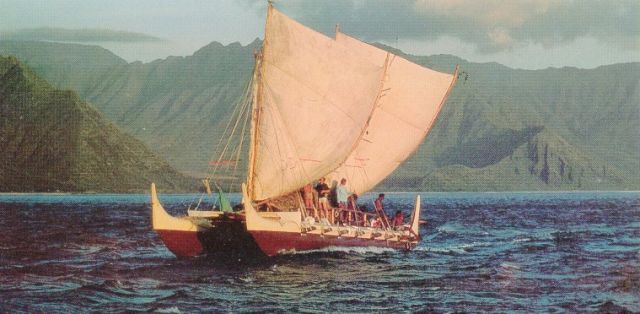Four centuries of Polynesian trade moved stone tools over 2,000km
Ars Technica » Scientific Method 2016-07-14

(credit: University of Hawaii)
By the time European explorers reached the islands scattered across the vast distances of the Pacific Ocean, most of the voyaging done by the Polynesians was among local island groups. But the locals seemed to know of places well beyond their shores, which suggested their ancestors not only colonized far-flung islands but returned to share knowledge of them. Eventually, it became clear that trade had distributed goods among Polynesian communities that later became isolated.
In recent years, modern techniques have revealed the staggering geographic extent of this trade, which included a visit to South America for some takeout sweet potatoes, which were later grown on islands throughout the Pacific. But the temporal extent of the trade remained the subject of debate, with some arguing for a brief burst of exchange and others suggesting extended trade networks persisted for a while. Now, a paper published in PNAS using another modern form of analysis argues for at least four centuries of trade.
The work relies on a site in the Cook Islands, which provided a rare archeological resource: an extended series of deposits that contained enough material that researchers could carbon date various layers. Also included were some traditional Polynesian stone adzes, tools made from a specific type of volcanic rock. The researchers behind the new paper obtained small samples from these tools and used them in another type of modern analysis called mass spectrometry.